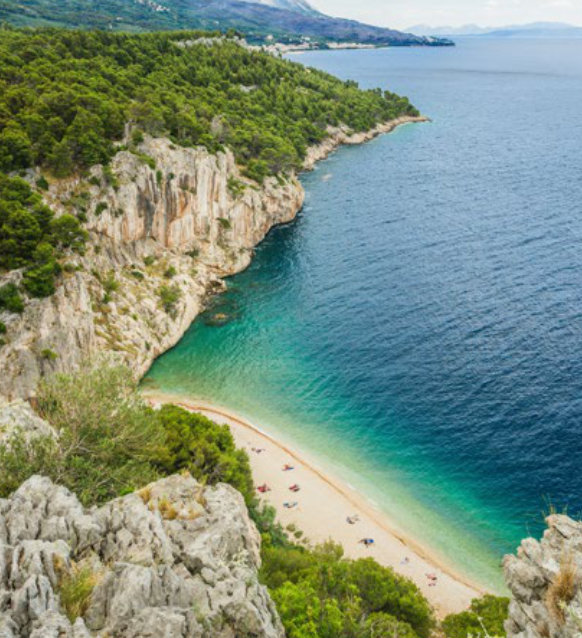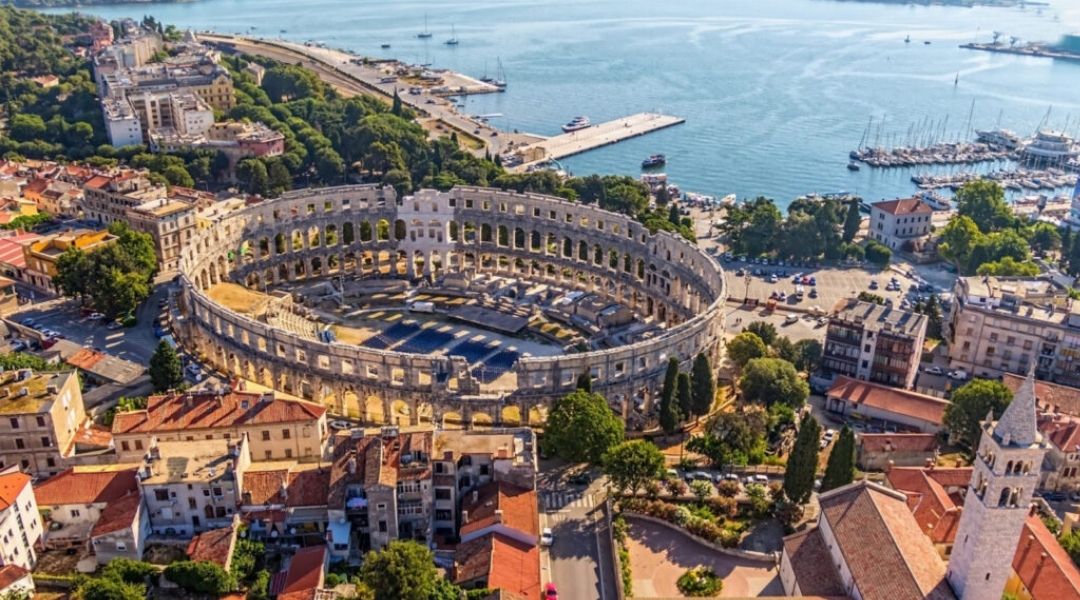Have you ever wanted to experience Croatia like a true Croatian with your family or children? Tourists often get so caught up with trying to visit all the extravagant destinations such as the Croatian national parks during their stay, that they forget to embrace and view the local culture and traditions of the country. Do you want to experience the real Croatia and see what it has to offer?
From the traditional food to the wines and camaraderie, you may find that living like a local Croatian during your stay is spectacular! Contact AdventuresCroatia or visit our website so we can give you a vacation and cultural experience like no other. We aim to help travelers and tourists discover the history, heritage, culture, and local citizens of the beautiful country of Croatia.
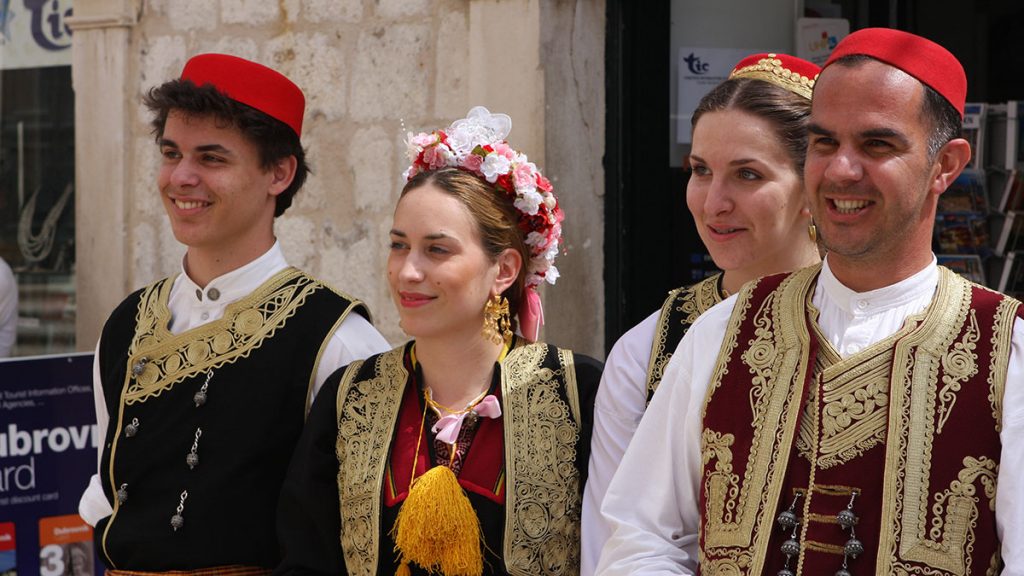
History of Croatia
Croats were mentioned particularly in the early Holy Roman Empire. The term “Croat” (Hrvat) is linked to a strong military ruler during the early Middle Ages and an Alan, which people view as a friend. Regional cultures, such as those of Istria, Dalmatia, Slavonia, and Zagorija, are regarded modifications on the broader class of “Croatian.”
Geographical variations, traditional economies, foods, folkloric traditions, and dialects are united in these areas. Croats have a powerful sense of nationalism, regional identity, and local cultural differences, especially regarding languages and food.
Non-Croats who identify with a particular ethnicity make up a minimal percentage of the population. Additionally, non-Croats have retained their community distinctions as non-Croats in two instances where they are a major minority in the local population. An Italian community in Istria prefers the Italian language and is united with Italian traditions.
Ethnic Hungarians utilize the Hungarian language and associate with the Hungarian community in Slavonia, near the Hungarian frontier. This is not usually the case regarding non-Slav and non-Croat groups in other countries, such as Hungarians in Zagreb and Italian people in Dalmatia.
Geographical Location of Croatia
Croatia used to be one of the six republics in Yugoslavia. It shares a border with Italy, Hungary, and Slovenia around the north. Around the south and east border, you are going to find the Federal Republic of Yugoslavia, referred to as Serbia, and Bosnia-Herzegovina. Croats view their culture and heritage to be more closely related to Austria than the previous Yugoslav culture and territory.
Tourists also find that the local people in Croatia refer to themselves as a European country rather than a Balkan country. The beautiful countries along the border of Croatia mean you can feel free to extend your stay and travel the world!
Cultural and Traditional Crossroads in Croatia
Croatia is a beautiful country with a breathtaking view along the coast, but it is also a region steeped in history. The culture is ingrained not only in the monuments and infrastructure you see during your stay, but also in the minds of the local citizens.
This country has been affected by its neighbors over the years due to the geographical location in Europe. The cultural diversity in Croatia is reflected in a fantastic blend of Eastern and Mediterranean cultures, and those from the Balkans and Central Europe. During your visit, you are going to meet proud citizens who adore their cultural identity, which they confidently show to the rest of the world and visitors.
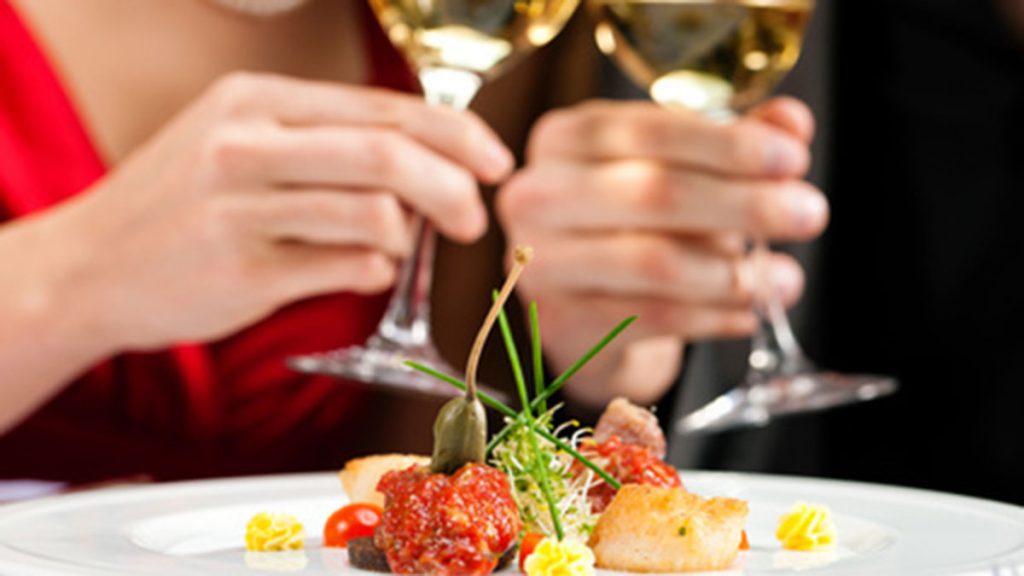
Diverse and Rich Gastronomy
The excellence of Croatian temples, customs, and gastronomy reflects this rich cultural mix. In terms of cuisine, you are going to be able to sample a great deal of fish, which is a testament to the country’s Mediterranean heritage. Grilled, fried, or stuffed squid is often served in restaurants, colonizing the coast and populated islands.
Sarma, a form of stuffed cabbage with Austro-Hungarian elements, is common in Croatia’s northwestern region. You may also order Cevapcici, which is meatballs with pitas or onions, which are Ottoman-inspired meals. The Bajadera, a delectable pastry with almonds and hazelnuts, is certainly going to astound you during dessert.
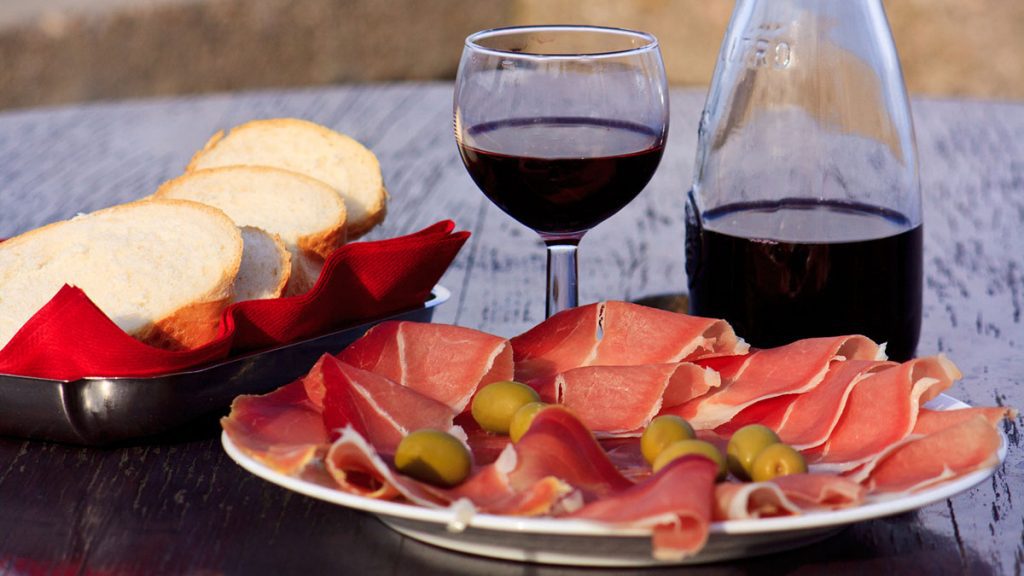
Cultural Food in Croatia
The main meal that Croats enjoy is a late lunch. The majority of foods people eat inland and in the north have a Hungarian or Austrian taste. Lunch usually consists of beef or chicken broth, meat (usually pork), bread, and potatoes.
During summer and spring, people enjoy eating greens with vinegar and olive oil, and they serve pickled vegetables during winter. A typical meal along the coast consists of pasta, fish, polenta, or risotto. Lamb is a common type of meat in the Dalmatian highlands. Breakfast is typically plain, consisting of a strong cup of coffee and jam-filled bread.
Traditional dinner options consist of leftovers from lunch, cold meats, and cheese served with bread. People typically eat at home for dinner, but they do eat snacks on the streets in the city. Restaurants are typically formal, sophisticated, and pricey.
There is a range of fast foods available, including ethnic minority foods. Though few citizens eat in restaurants, almost everybody drinks their coffee in a café daily. Travelers are the main people that occupy restaurants.
Croatian Folklore and Festivities
The national food is a reflection of the country’s cultural diversity. However, faith seems to play an essential role in the lives of the people who stay there. Throughout the year, a variety of celebrations and activities demonstrate the Croats’ devotion to their heritage, which means you do not have to search for an event to dive into.
Multiple religious ceremonies take place. For example, citizens produce spectacular singing performances during Holy Week during spring. Throughout the season, you can attend a number of musical or artistic events. The animations surrounding the spear battles and horse races guarantee you a fun trip back in time. You do not have to worry about transportation to all these events, as the majority of people use public transportation from their house to the festivals.
During the Christmas festive period in winter, various citizens put on their customary costumes for a procession honoring the Saints. The carnival in honor of Saint Blaise occurs in February. Of course, these celebrations feature the Croats in their exquisite attire. This show often takes place in Zadar, Rijeka, or Samobor.
Folk music in Croatia is original and magnificent. It incorporates elements from various national cultures, including Italians, Gypsies, and Serbs, Gypsies. Music has its roots in Slavic mythology, and the foundation dates back to the seventh century.
A tambour, a form of mandolin, is amongst the most well-known national musical instruments. People sing songs of love and about the hardships of rural life to these beautiful accompaniments. Kolo, which is a local traditional dance, is accompanied by a gypsy violin or tambour. This tradition is even more breathtaking when the dancers wear bright nation costumes with white and red colors.
Even though traditional clothing has not been worn in Croatia since around the 19th century, Croats enjoy dressing up in glamorous costumes for holidays to celebrate their heritage.
The pace of life is fairly slow in Croatia, which is very calm and peaceful. Even in big cities such as Zagreb, people do not hurry during their days. The citizens are very welcoming to all travelers, especially from the U.S.
However, if visitors inadvertently enter private property or raise a national issue, the people may show signs of disapproval. Croats enjoy spending time with their family and children in the countryside or on the various islands. Major groups typically congregate in the countryside and the rest of the region is filled with laughter and noise. The Corzo occurrence is another distinctive characteristic in Croatia.
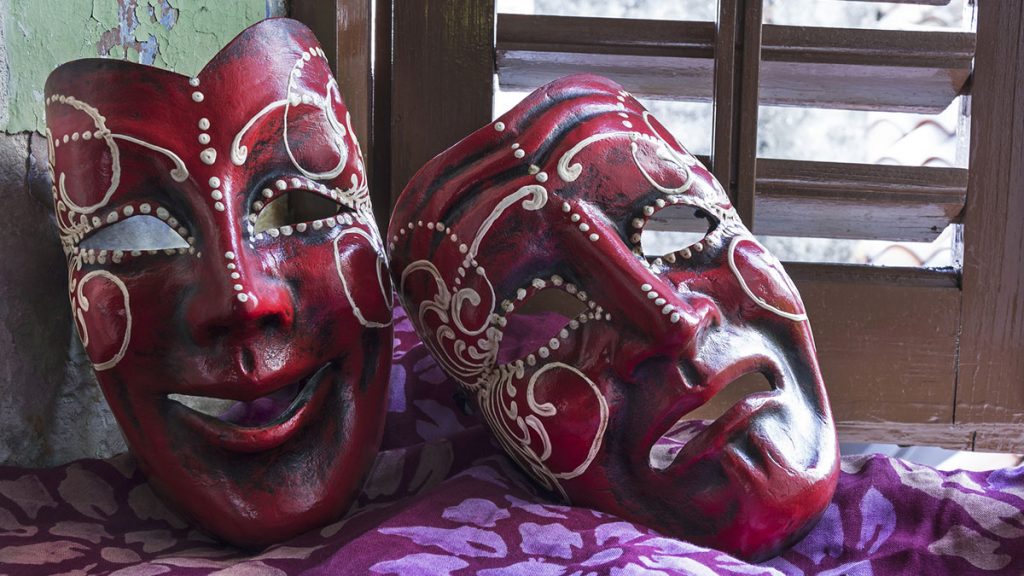
Social Customs in Croatia
Croatia celebrates Catholic religious holidays due to its predominantly Roman Catholic population. Many significant national holidays are dedicated to commemorating historical occurrences. The founding of the initial Partisan unit in Croatia in 1941 is commemorated on June 22, which is Anti-Fascist Resistance Day. On 25 June, Croatian Statehood Day commemorates the country’s declaration of independence in 1991 from Yugoslavia.
Lastly, the eighth of October is Croatian Independence Day, which commemorates the official breakup of Yugoslavia in 1991. Would you like to visit Croatia to experience any of these events? People do enjoy Croatia in September, but make sure to visit our page or speak to one of our representatives so we can help you find the ideal hotels for your solo or family trip to Croatia. Have no fear about covid-19, as policies have been adjusted to allow you to enjoy your stay safely.
Experience Seven Croatian Traditions
Much like all countries, there are specific customs and traditions in Croatia that only local citizens understand. While there are historical and cultural meanings behind some of these, others are simply for enjoyment. The beauty of these traditions is you do not have to pay large amounts of money to have a culturally rich and diverse experience. If Croatia is a holiday destination you want to explore, make sure you engage in the following:
- Neretva Boat Marathon
- Feast of St Blaise, Dubrovnik
- The Dubrovnik Gargoyle
- Statue of Grgur Nin, Split
- Kamenita Vrata, Zagreb
- Lastovo Poklad
- Moreska Sword Dance
Neretva Boat Marathon
The present Neretva riverboat challenge, which occurs every second weekend in August, was inspired by medieval pirates. Hundreds of millions of viewers travel to the banks of the 14-mile route from Metkovi to Ploe as the typical tiny wooden boats start their journey.
A group of ten people, including a drummer and coxswain, squeeze themselves into an overcrowded boat and start rowing furiously. Spectators should head to the beginning or end of the event for the best drinking, eating, and partying, so feel free to attend this!
Feast of St. Blaise, Dubrovnik
The Feast of St Blaise, which takes place every year in Dubrovnik, Croatia, dates back to 972 when the town’s crown jewel appeared to one of the priests 650 years after his death to alert the country of Venetian invaders. People dress in complete traditional costumes for a banner-waving parade in Old Town’s main road and square on St Blaise’s Day. This happens on February 3 annually. Priests bear the saint’s remains during the parade, while bystanders are served plates of krostule doughnuts and macaroni covered in meat sauce in the city.
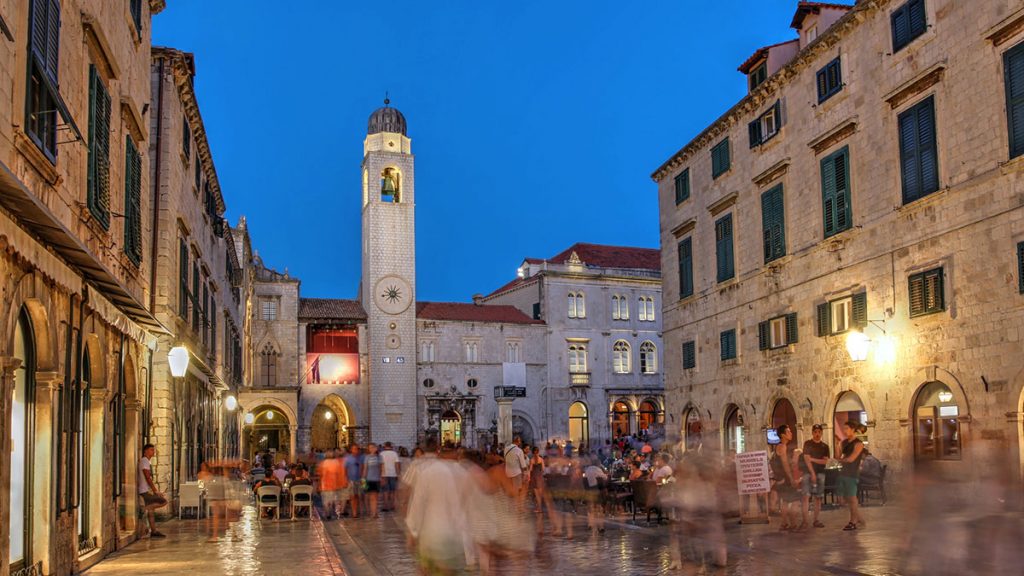
You may encounter a strange ritual as you reach Dubrovnik’s Old Town through the Pile Gate. An individual may break away among the stable traffic flow near the Franciscan Monastery’s entrance on Stradun’s main road to balance daintily on the stone protruding from one of the walls. It is believed that any person who climbs onto the gargoyle, which is carved in the shape of an owl, would be fortunate in love. Some daring people take part in the myth’s second level, removing their shirts while balancing.
Statue of Grgur Nin, Split
The Grgur Nin statue in Croatia, situated outside the Northern wall of Diocletian’s Palace and Golden Gate in Split, is portrayed boldly with one hand pointing and the other clutching a book.
This well-known historic site, designed by one of Croatia’s most talented sculptors, Ivan Metrovi, honors the priest for introducing the Croatian language into Catholic church services.
Several people make contact with the bishop’s big toe for good luck nowadays. While Croats regard the figure as a significant devotee of their language, no one knows why people touch this bit of the statue.
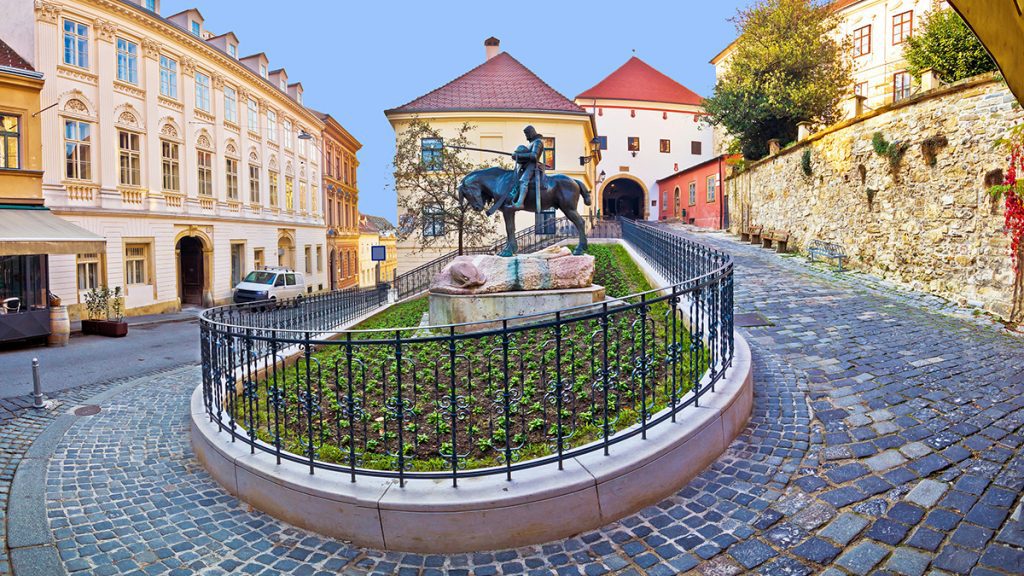
Kamenita Vrata, Zagreb
Zagreb’s Stone Gate, also referred to as Kamenita Vrata, is not only a gateway that separates the area’s Upper and Lower Towns in Croatia—but it is also a spot of reflection and prayer, located near the Radieva central road.
The angled walkway houses a property, specifically a chapel, dedicated to the 16th-century portrait of the Virgin Mary that hangs on a passage wall and has represented a shrine since surviving the 1731 fire. Throughout the day, individuals of various generations travel to the location to pray and light candles in the city.
Lastovo Poklad
The farther a destination is from residential areas, the more severe the customs seem to be. Poklad, situated on the small island of Lastovo in southern Dalmatia, is an example of this.
The Poklad or puppet carnival which occurs on Shrove Tuesday is centered around a model in a fez having a cigar, a mixture of the historic terror of the Ottoman intrusion and pre-Lent abandonment. Local citizens stab and beat the straw-stuffed puppet with firecrackers as the figure is gradually lowered towards the ground from 300 meters above sword-wielding people.
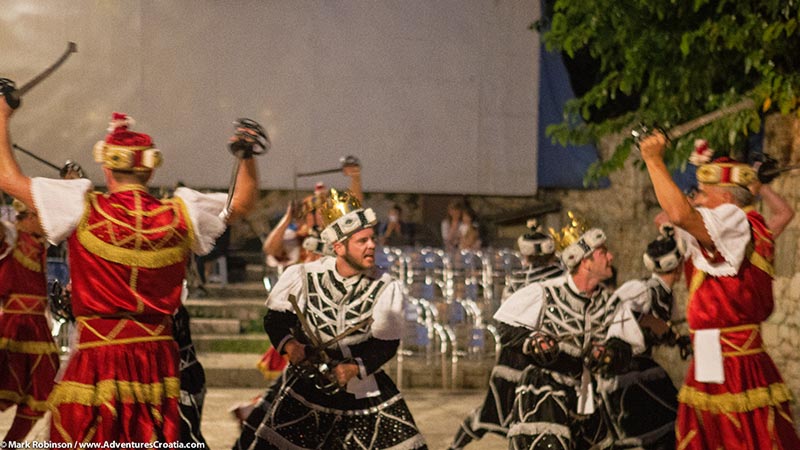
Moreska Sword Dance
The Moreska sword dance takes place on the historic island of Korcula, close to Dubrovnik, where there is a special reason to dress up as Christians and Moors and wave sabers about, as the Battle of Lepanto, which occurred in 1571 saved this island from an Ottoman invasion. Korculans have been performing this dramatic and dynamic dance, which originated during the medieval period in Spain, ever since the event.
Throughout the mid-summer in Croatia, there are tourist-friendly performances; however, the primary show on the Feast of St Todor on 29 July is reasonably authentic, excluding the ox beheading that used to accompany it in the past.
Contact Adventures Croatia Today!
Do you want to travel and experience the rich culture and diversity of the European country of Croatia? Do it the right way and contact us today or visit our website to get the best value for your money! You do not want to spend your entire holiday in hotels with your children, family, or friends, regardless of the presence of covid-19.
You want to travel and experience the divine cuisine, delicious wines, religious and historically rich landmarks, and some of the friendliest people in the world. Make sure you plan your trip the right way with a luxury provider such as AdventuresCroatia. We can give you access to the real beauty Croatia has to offer!
